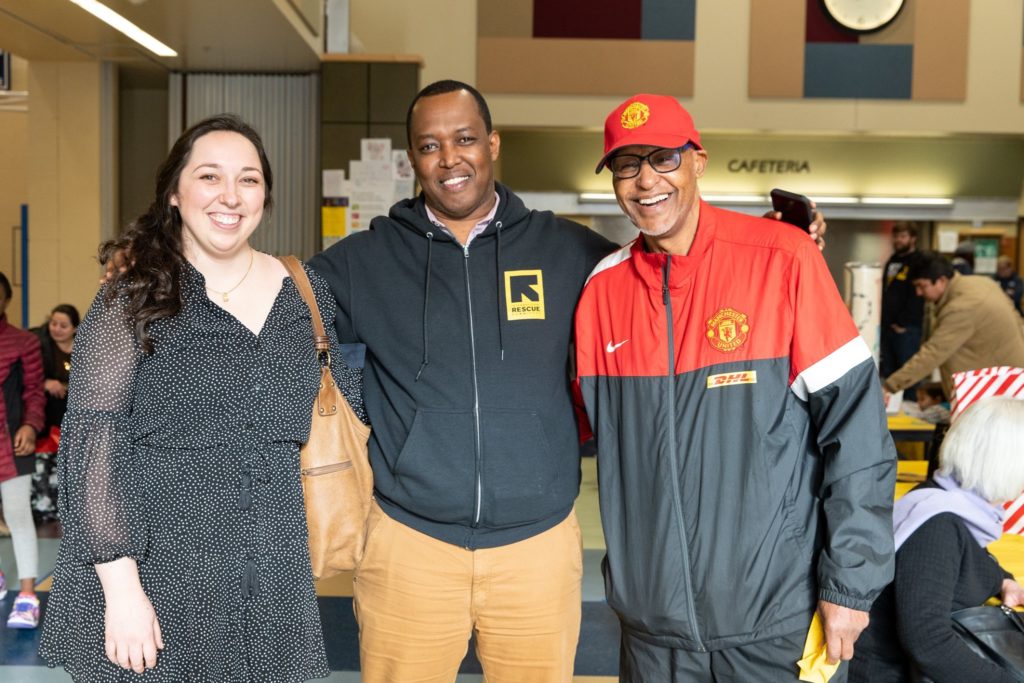How Can We Help?

Marketing and Visibility
There are positives and negatives to marketing and visibility strategies for a small program situated within a large company. On the positive side, New Roots has access to the many channels the IRC uses to promote itself and its clients, including Facebook posts, email blasts, and community events.
IRC’s Development team also solicits positive stories from programs to share the importance of refugee resettlement with the community. Each program has a Communications Focal Point who collects and submits stories; for New Roots, the focal point role is held by the VISTA.
Stories should be written in the third person and should be focused on IRC clients rather than staff. Once stories are received, the Development team posts them to various social media sites such as Facebook and Twitter. Story posts can be leveraged for donations as well; for example, in April 2019, the VISTA drafted and shared a story about building an ADA-accessible garden bed for a recently disabled gardener, including a call for land donations in the story to reach more people with the ask. Stories should start with a focus on the clients who were served and follow with the donation presented at the end as a way for people to continue supporting the work.
The downside of working as a small program within a larger company is the bureaucracy often imposed on external communications. Any program pamphlet, flyer, or other marketing tools must be reviewed by the Development team to make sure it meets the IRC’s design requirements. Specific colors, fonts, and designs are required for external-facing documents to help the IRC look more organized and streamlined. There are also restrictions on who can be contacted and how, due to the possibility of overlap with other IRC programs contacting the same people or organizations. Thus, best practice for planning external communications is to reach out to the Development team for advice beforehand. This does not apply to email communications unless the email is to an external organization or person New Roots has not worked with previously.
Apart from using IRC resources and pipelines, there are other ways to promote New Roots in the community. A good example is attending online working group meetings. These meetings offer opportunities for networking and learning about other food access organizations, as well as for creating partnerships and collaborative programming. Some examples are the South King County Food Access Working Group (SKFAWG), the South King County Urban Agriculture Network (SKUAN), the South King County Coordinated Response (SKC), and the Food Access and Aggregation Community Team (FAACT). It is especially helpful to attend these working group meetings at the beginning of the VISTA term, as they are often attended by key players in South King County’s food access space.
In collaboration with Food Innovation Network (FIN), the year 2 VISTA created marketing materials to enhance visibility of the Tukwila Village Farmers Market. The farmers market flyer was sent out to the IRC list serve, as well as all key players on the SKC Coordination call mentioned above. The VISTA also partnered with Harvest Against Hunger and other local farmers markets to communicate their support for the Tukwila Village Farmers Market.


